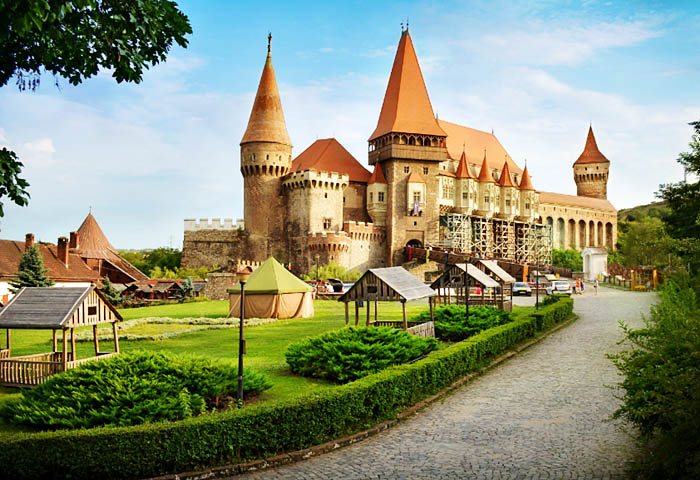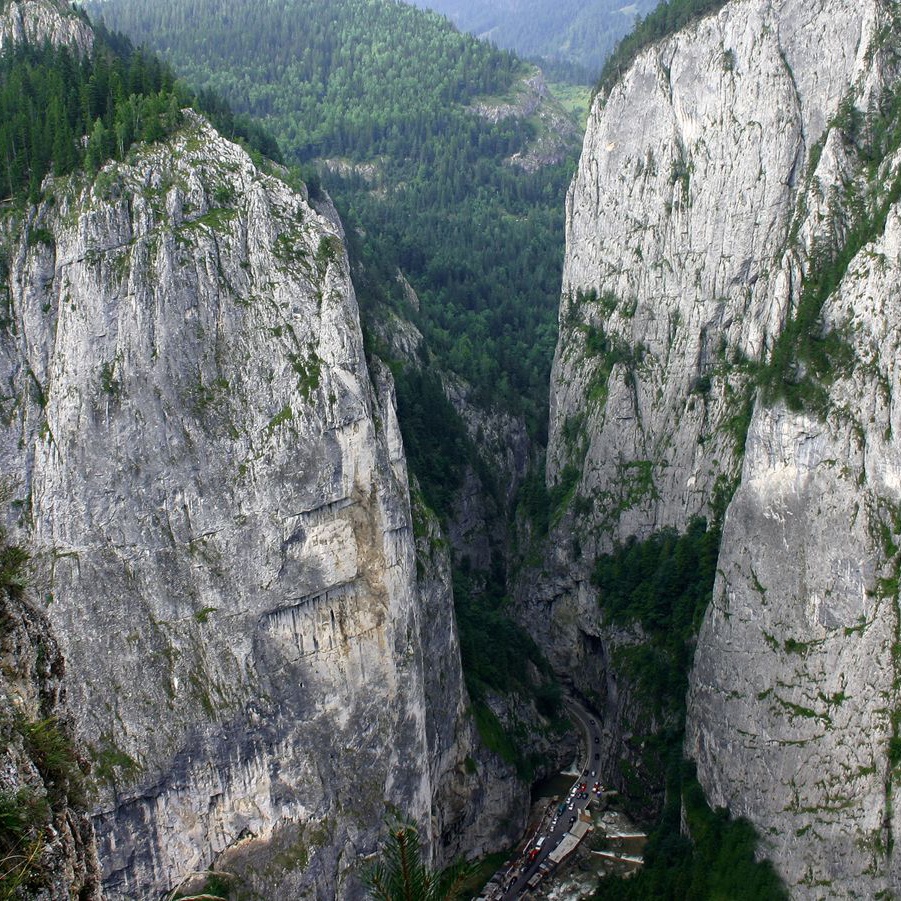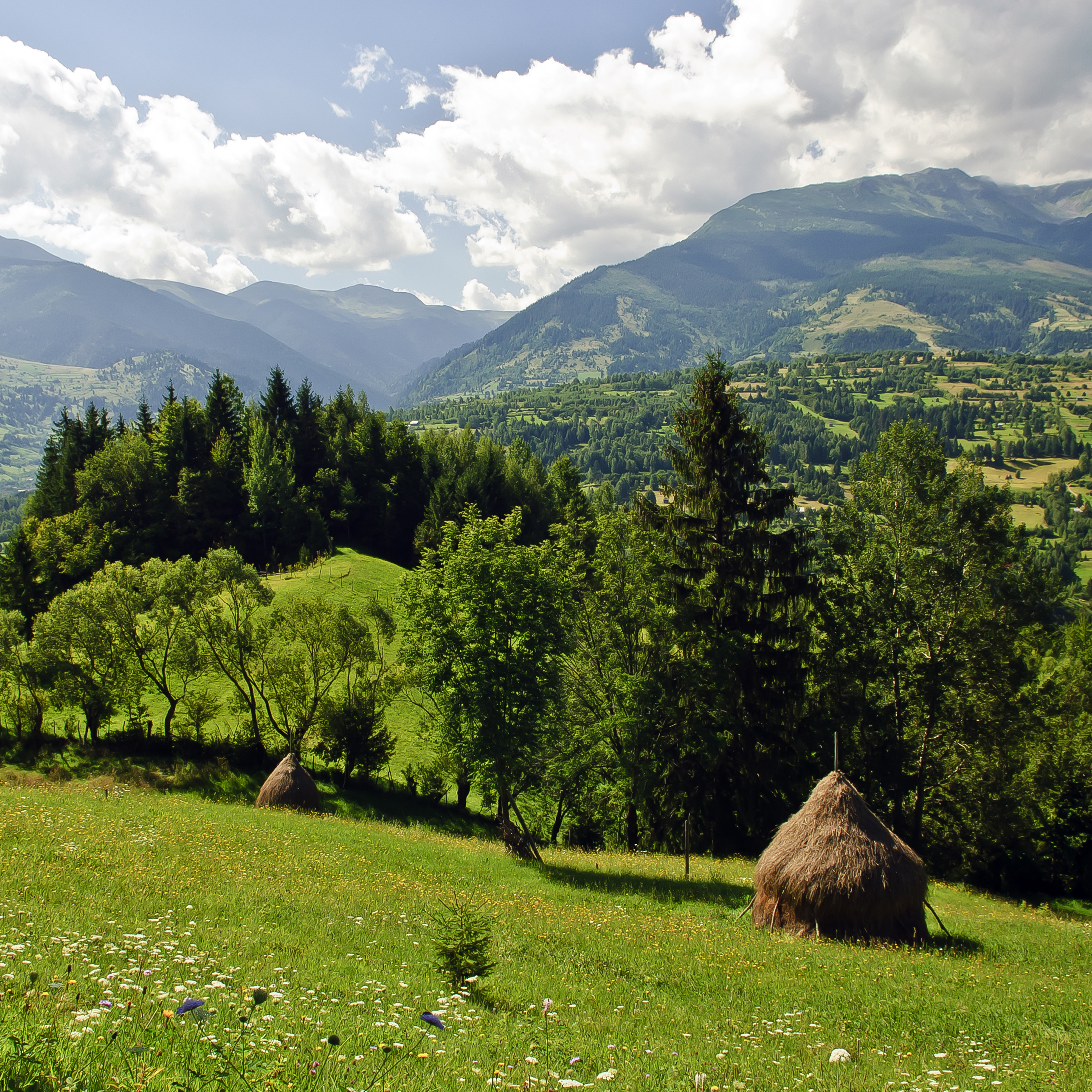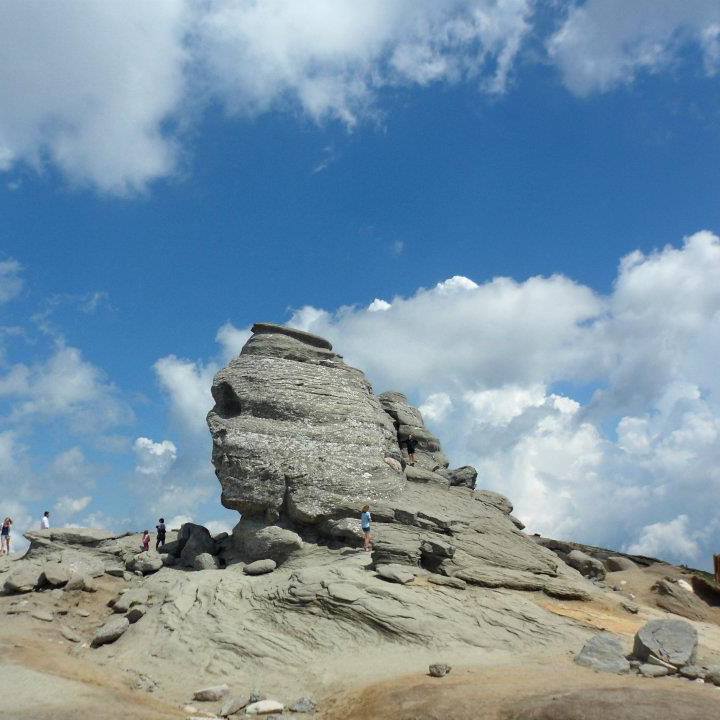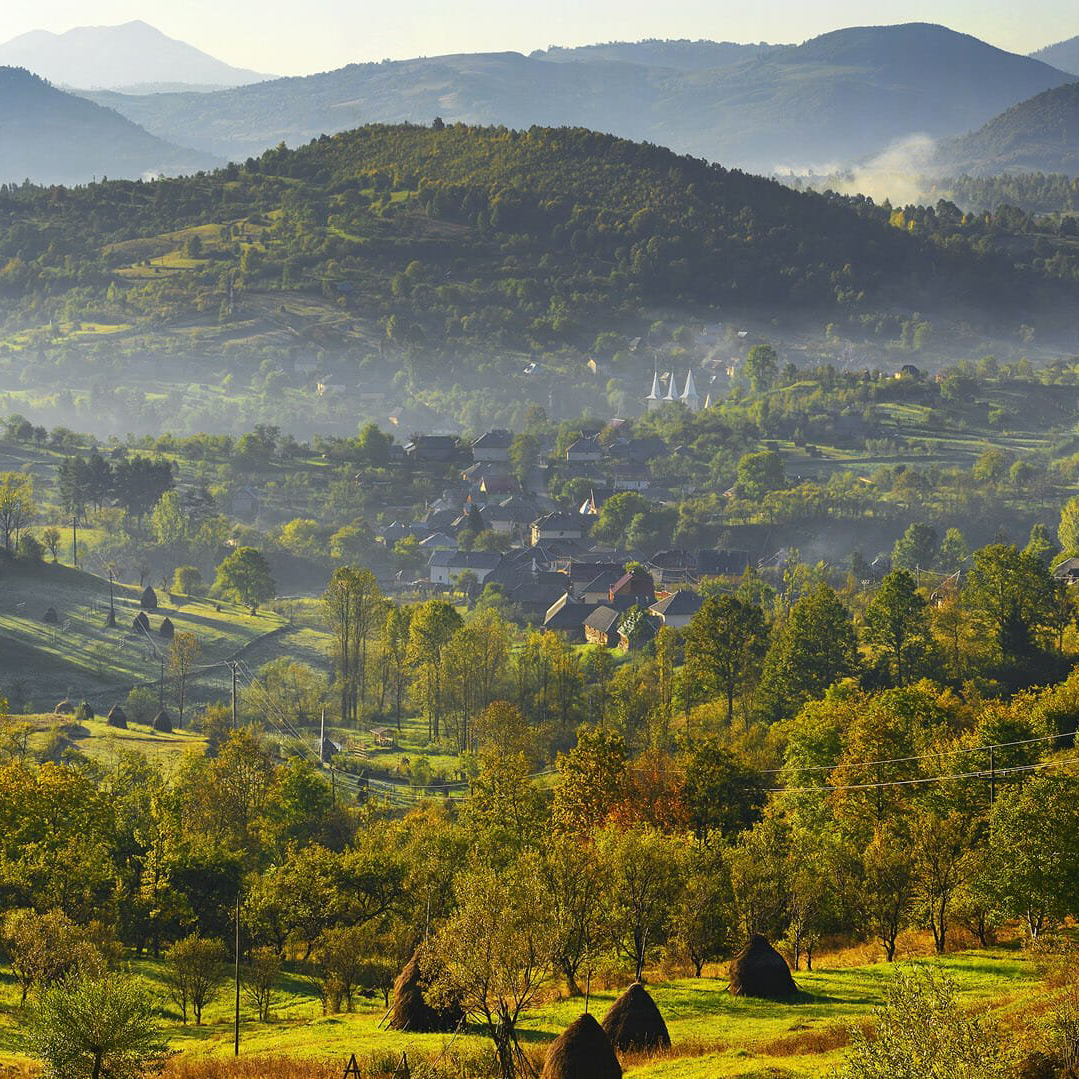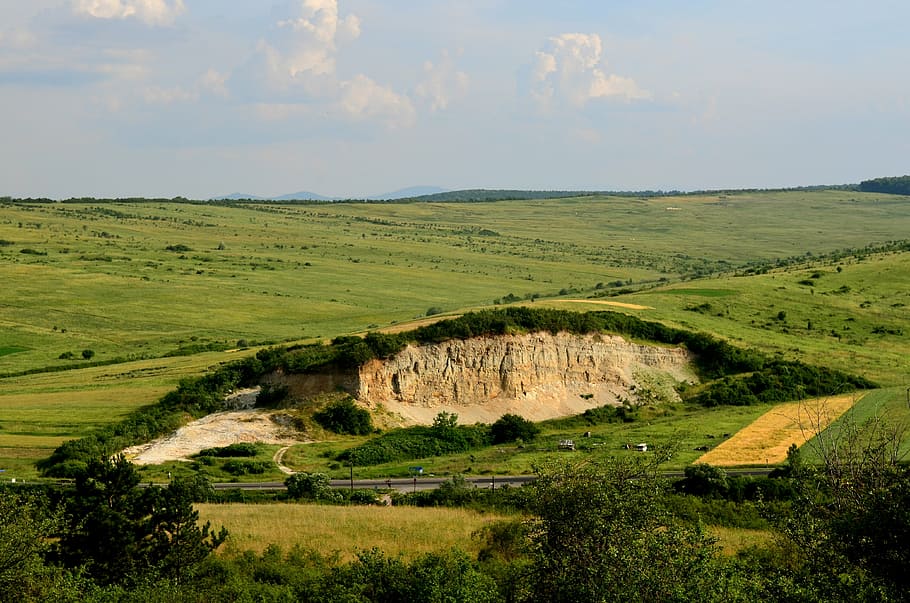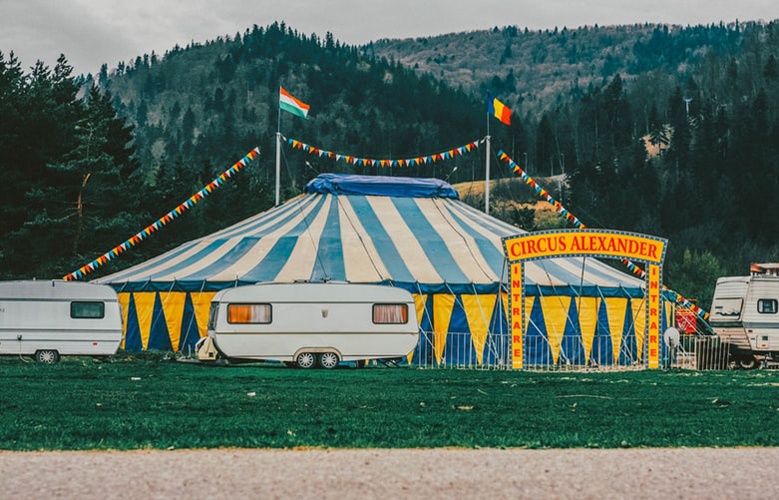National Parks
Romania is home to 14 national parks, the most popular being Retezat, Bucegi, and Apuseni. Alongside these are animal reserves for bears and buffalos and the famous Danube Delta natural biosphere in the east of the country. Here are some of the best national parks covering vast swathes of the country’s land and waterways.
Danube Delta
The largest national park in the country, the Danube Delta is 2,200 square miles of rivers, canals, marshes, tree-fringed lakes and reed islands. Only accessible by boat, it is a birdwatchers’ paradise at any time of year, but particularly during migration season from early spring to late summer as birds fly in from as far away as China and Africa, including millions of Egyptian white pelicans and similar numbers of Arctic geese arriving to rear their young. The Danube Delta is also where you can see the last wild horses in Europe roam freely.
Apuseni Natural Park
The Apuseni Mountains National Park in western Romania was established in 2004 to protect the area’s rich fauna and flora, including many rare and endangered species such as the chamois or the western capercailzie, and the mountain fritillary and the quaking aspen. The park has more than 400 caves, sinkholes, gorges, canyons, and groundwater systems to explore, with many areas having special conservation statuses, such as the Padis Plateau, the Sighistel-Chiscau area and the Vartop area.
Bucegi National Park
In one of the most visited Romanian national parks, 14 nature reserves protect the areas flora, wildlife, and geological features. The famous rock formations, created in the soft limestone by the natural elements, include The Sphinx and Babele (The Old Women) among others. There are more than 3,500 animal species and 4,500 plant species in the park, including edelweiss. The park also offers rock-climbing and 60km of bicycle trails with bikes for hire.
Buila-Vânturarița
Located in central Romania, Buila-Vânturarița, the smallest of all Romania’s national parks, with mountain meadows, rivers. more than 100 caves and plenty of stunning waterfalls. There are rare wildflowers to look out for, including the Lilium jankae and Viola alpine. Hiking here is for experienced hikers as some of the rock paths involve some climbing. Within the park, there is also a 16th-century church built under a massive rock and Pătrunsa Monastery. The road to Buila-Vânturarița is probably best taken in a 4x4 vehicle.
Călimani
Among the wildest mountains of Romania, Călimani national park includes a reservation of Pinus cembra, offering shade to brown bear, deer, lynx, badgers and wild cats. The park is also home to the 12 Apostoli peak in the volcanic Călimani Mountains. The routes from Gura Haitii to Calimanii Cerbului and Iezerul Caliman are not particularly well marked, but the other routes are well administered, offering beautiful scenery, rare flowers, and clean mountain air
Ceahlău
Mount Ceahlau is the most impressive mountains of the Eastern Carpathians with its unspoiled nature. Full of legend and mythology, here you can meet Baba Dochia, Trajan's Eagle, Panaghia, Toaca, and many others. The altitude of the Ceahlau massif ranges from 1000-1300m m and is home to many species of orchids and other protected plant species, including edelweiss. It is also possible to see many frogs, lizards, and birds, as well as deer, wild boar, bears and wolves. You may spot a shy black stork or a golden eagle.
Munții Rodnei
The second-largest national park in Romania is also a designated biosphere reservation for its fauna and more than 1,000 species of flora. The highest peaks of the Eastern Carpathians, being Pietrosul Mare (2,303 meters), Inau (2,279 meters), Buhaescu Mare (2,257 meters) all offering breathtaking views. In season, there is an entire valley carpeted in daffodils. The Cascada Cailor waterfall is a beautiful place to stop as is Iezer Lake, a clear mirror turned towards the sky. You can also explore spectacular caves, including Grota Zanelor, at 4,269 meters long and Jgheabul lui Zalion, considered to be the most difficult to cross cave in Romania
Cheile Nerei-Beușnița
Mostly thick forest, the 36,000 hectares of Cheile Nerei-Beușnița is the perfect habitat for bears, deer, wild boar, badgers, stone martens and almost 600 species of plants and trees. It was near to here that archaeologists found the remains of the Cro-Magnon, the first early modern humans said to be 42,000 years old. The park has the longest gorges in Romania at nearly 23km, the famous Bigăr Waterfall, and the stunning lakes Ochiul Beiului and Ochiul Dracului,
Cheile Bicazului – Hășmaș
This 6,575-hectare national park is almost fully covered in Norway spruce and is home to bears, wolves, foxes and wildcats, the chamois deer as well as reptiles, including the northern crested newt and yellow-bellied toad. There are 18 trails at levels from novice to expert, with the Piatra Singuratica on the Hăşmaşu Mare mountain highly recommended. If you want to know what landmarks are also hidden in these parks, this article is for you.


